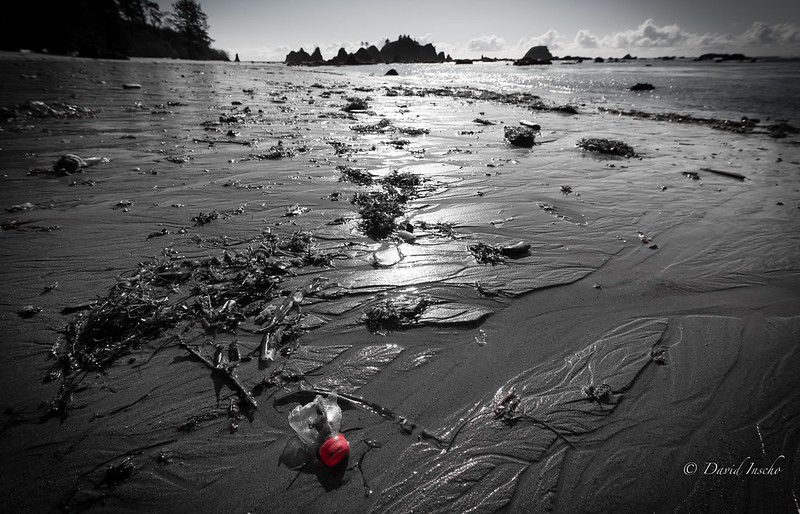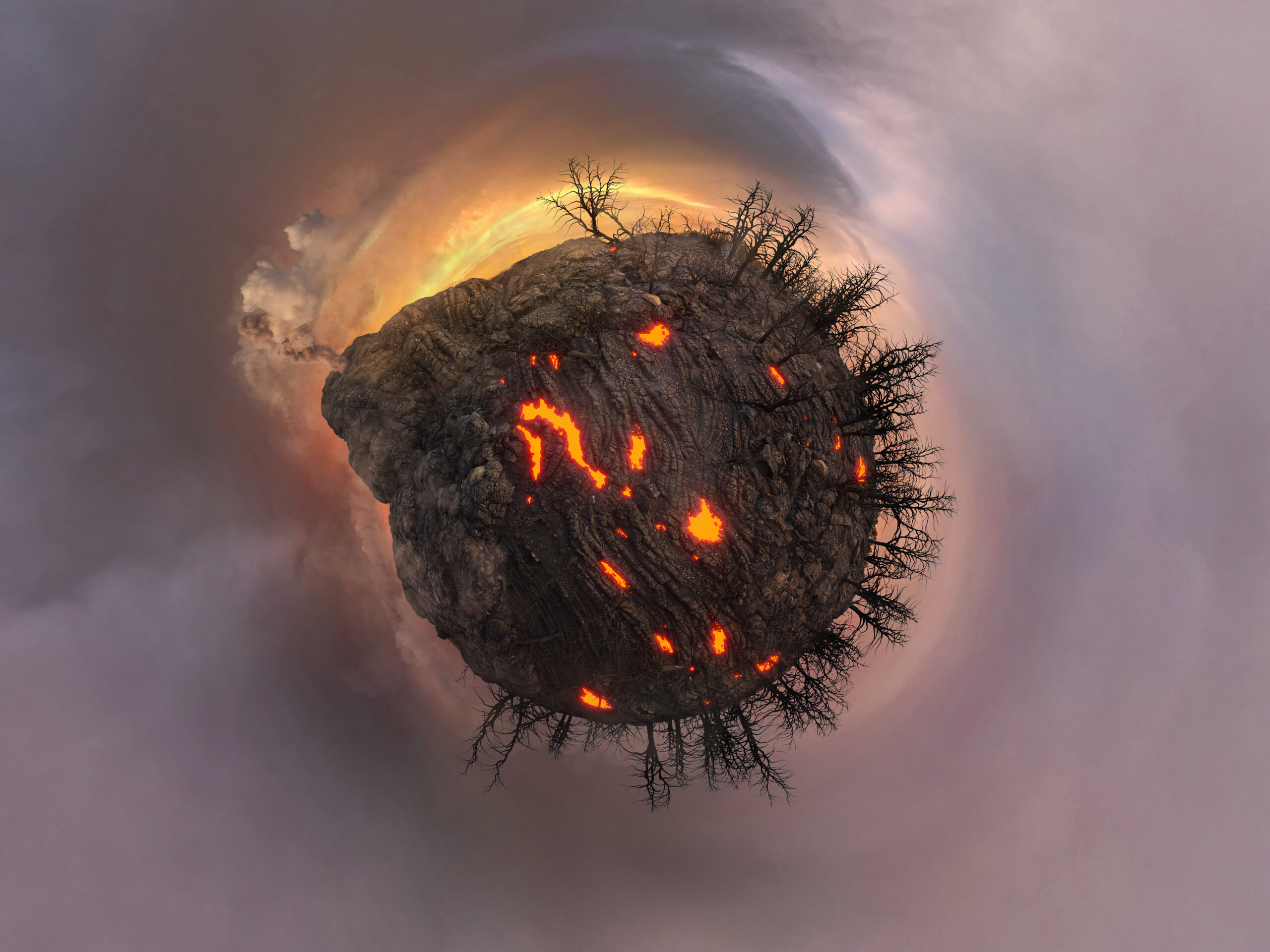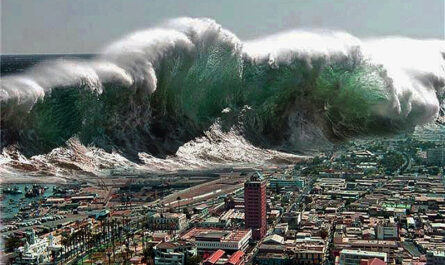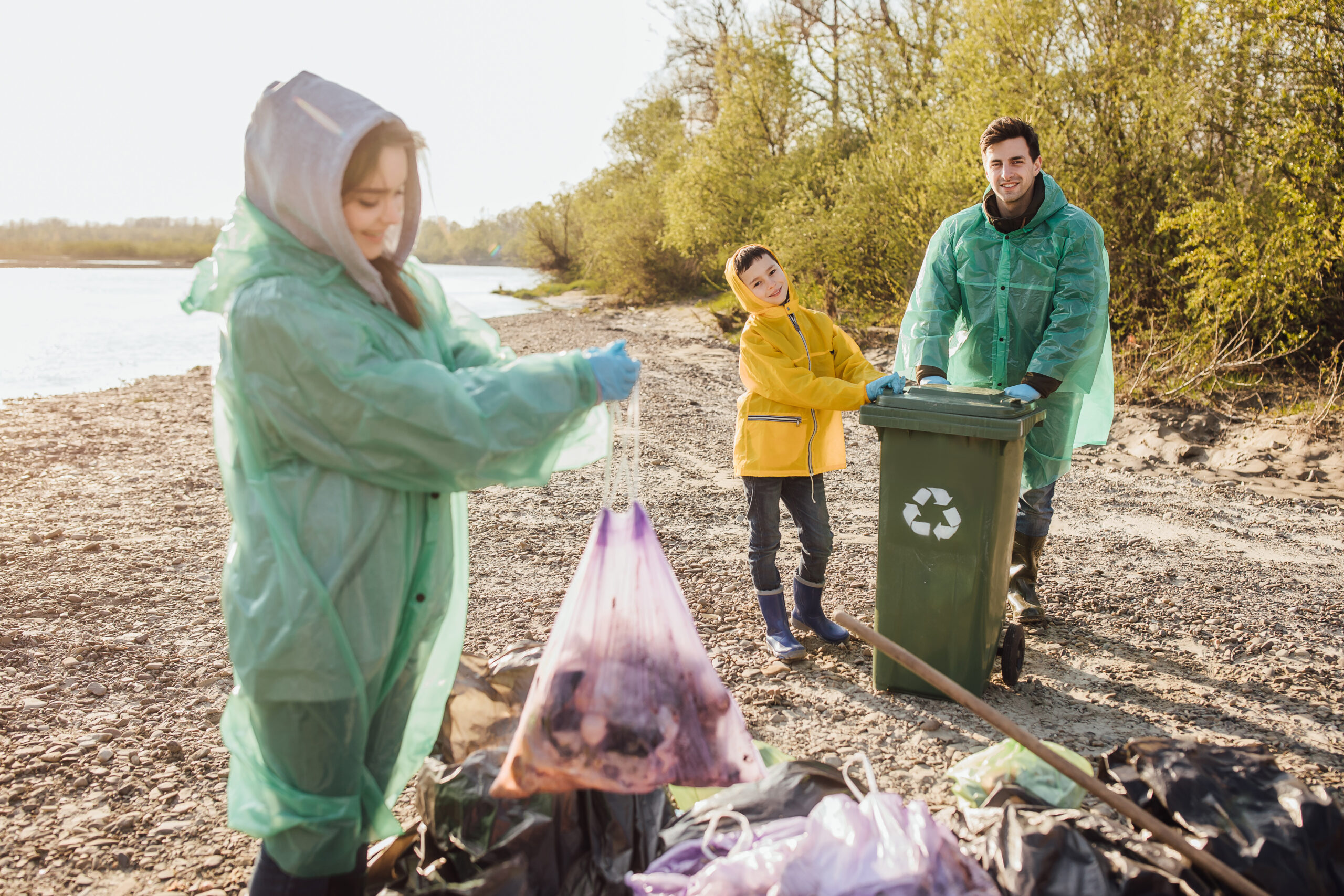The Pacific Garbage Patch, a massive accumulation of marine debris, primarily plastic, is one of the most alarming environmental crises today. Located in the North Pacific Ocean, this patch is divided into two main areas: the Western Garbage Patch near Japan and the Eastern Garbage Patch between Hawaii and California. Together, they form the Great Pacific Garbage Patch (GPGP), an area that spans approximately 1.6 million square kilometers, about twice the size of Texas.
While the term “garbage patch” might suggest a visible, solid mass of trash, the reality is far more complex. Most of the debris consists of microplastics—tiny plastic particles that are difficult to see with the naked eye but pose significant threats to marine life and ecosystems.
1. Causes of the Pacific Garbage Patch
The formation of the Pacific Garbage Patch is primarily driven by ocean currents. The North Pacific Gyre, a system of rotating ocean currents, traps plastic and other debris in a concentrated area. Over time, this waste, which originates from both land-based and ocean-based sources, breaks down into smaller particles, forming the patch. Common sources of the debris include:
- Land-based pollution: Plastics from rivers, beaches, and coastal cities are carried into the ocean. Poor waste management and improper disposal of trash contribute to the growing issue.
- Fishing gear: Abandoned fishing nets, lines, and other debris from the fishing industry, known as ghost nets, make up a significant portion of the larger debris found in the patch.
- Shipping and marine debris: Mismanaged waste from ships and maritime activities also contribute to the accumulation of garbage.
2. Environmental Impact
The Pacific Garbage Patch has dire consequences for marine life and ecosystems. The ingestion of plastic by marine animals, entanglement, and the toxic effects of microplastics are among the most pressing concerns.
Impact on Marine Life
- Ingestion: Marine species, including fish, sea turtles, and birds, often mistake plastic for food. Ingesting plastic can lead to starvation, malnutrition, or suffocation. Species such as the Laysan albatross and loggerhead sea turtles are particularly affected. For example, around 90% of seabirds have been found to have plastic in their stomachs.
- Entanglement: Abandoned fishing nets and other large debris can entangle marine life, leading to injuries or death. Species like dolphins, seals, and whales are particularly vulnerable.
Microplastics and Toxicity
- Microplastics: These small plastic particles are less than 5 millimeters in size and are ingested by marine organisms, entering the food chain. Studies have shown that microplastics can absorb harmful chemicals like PCBs and DDTs, which are then consumed by marine life, leading to bioaccumulation of toxins.
- Toxic chemicals: As plastics break down, they release chemicals that can disrupt the hormonal and reproductive systems of marine animals, causing long-term damage to ecosystems.
3. Human Impact and Health Concerns
Humans are not immune to the effects of the Pacific Garbage Patch. Through the consumption of seafood, humans may indirectly ingest microplastics, posing potential health risks. While research on the direct health impacts is ongoing, there is concern that ingesting microplastics could lead to toxic accumulation in human tissues, potentially causing a range of health issues, from endocrine disruption to cancer.
Additionally, the economic impact is significant. Coastal communities dependent on fishing and tourism are directly affected by the degradation of marine ecosystems and the cost of cleaning beaches and shorelines from the ever-increasing plastic pollution.
4. Global Awareness and Solutions
The growing awareness of the Pacific Garbage Patch has spurred international efforts to combat marine pollution. Various initiatives and projects are underway to address the crisis:
Cleanup Efforts
- The Ocean Cleanup: A Dutch nonprofit organization, founded by Boyan Slat, has developed large-scale ocean cleanup devices designed to remove plastics from the ocean’s surface. Their project aims to clean up 90% of ocean plastics by 2040. As of recent years, their cleanup systems have successfully collected tons of debris from the Great Pacific Garbage Patch.
- Beach cleanups: Regular beach and coastal cleanups organized by communities, environmental organizations, and local governments help reduce the amount of plastic waste entering the ocean. These efforts also raise awareness about the importance of responsible waste management.
Legislation and Policy Changes
- Plastic bans: Several countries have implemented bans or restrictions on single-use plastics, such as plastic bags, straws, and microbeads, to reduce plastic pollution at its source.
- Extended Producer Responsibility (EPR): This policy approach holds manufacturers accountable for the entire lifecycle of their products, from production to disposal. By encouraging companies to design more sustainable packaging and products, EPR aims to reduce the volume of waste entering the environment.
Innovative Solutions
- Biodegradable alternatives: Scientists are developing biodegradable plastics made from natural materials like algae and corn starch. These alternatives could reduce the impact of plastic waste by breaking down more easily in the environment.
- Recycling programs: Improving global recycling systems and promoting the circular economy can help keep plastic out of the oceans by turning waste into reusable materials.
5. The Road Ahead
The Pacific Garbage Patch is a stark reminder of the long-term consequences of plastic pollution. As the crisis continues to grow, so does the urgency to find comprehensive solutions. While international cooperation and innovative technologies are vital, individual action is equally important. Reducing plastic use, improving recycling habits, and advocating for sustainable practices are steps everyone can take to help mitigate the environmental crisis.
Conclusion
The Pacific Garbage Patch is a complex environmental disaster that highlights the interconnectedness of human actions and the health of our oceans. While progress has been made in addressing the issue, much more remains to be done. Governments, corporations, environmental organizations, and individuals all have a role to play in reducing plastic pollution and protecting marine ecosystems for future generations.



